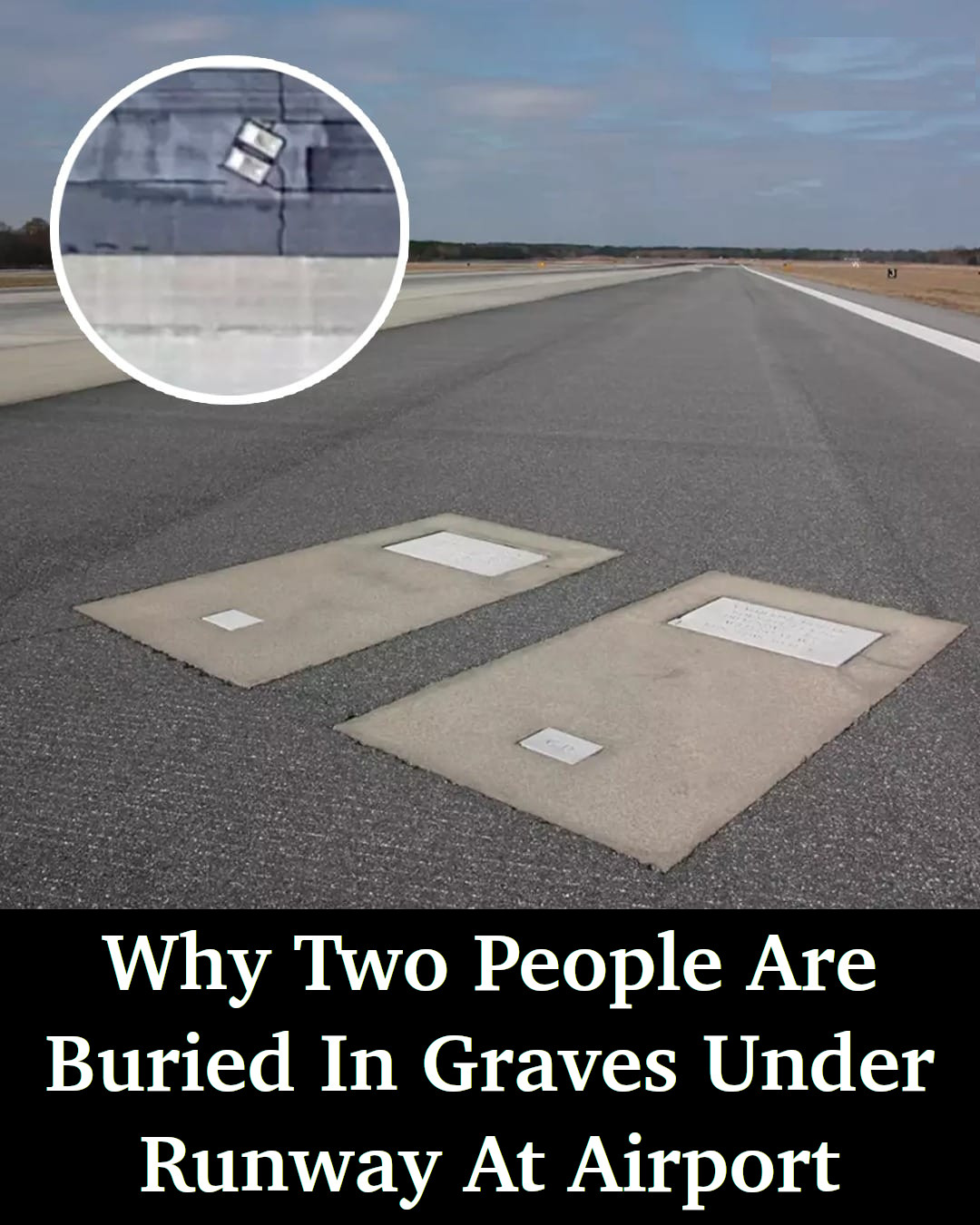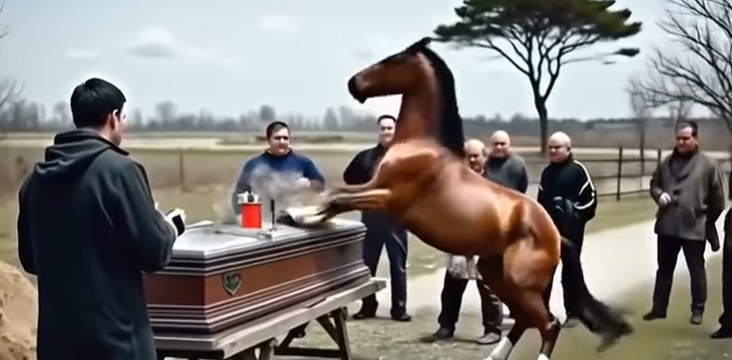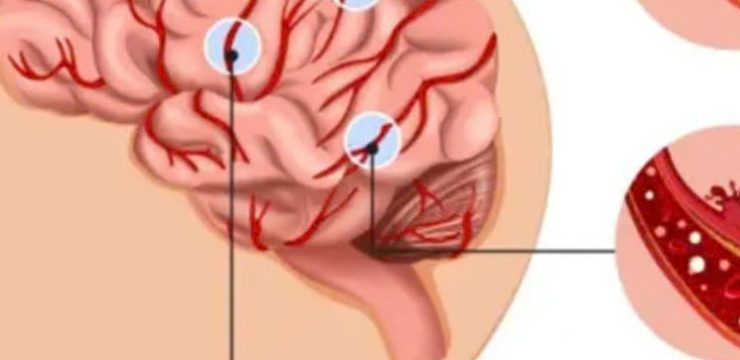The Savannah/Hilton Head International Airport may seem like a typical airport, but there’s something unusual about it. Underneath runway 10, two graves belonging to Catherine and Richard Dotson lie embedded in the tarmac. These graves date back to when the land was a family farm, and the Dotsons were buried on their own property. Today, their names are visible on the runway, serving as a unique reminder of history for travelers flying in and out of Georgia, USA.

Who Were Catherine and Richard Dotson?
The Dotsons were pioneers and landowners who lived on the land that would eventually become Savannah’s airport. Both born in 1779, they were married for 50 years and worked hard on what was then called Cherokee Hills. When Catherine passed away in 1877, followed by Richard in 1884, they were laid to rest in their family cemetery. This cemetery, located on their farm, contained at least 100 graves, including those of slaves and workers.
Their burial site might have remained undisturbed if it weren’t for the coming changes to the land decades later. What had once been a peaceful resting place on a quiet farm would soon find itself at the center of a bustling airport.
From Family Farm to Airport
In 1942, the U.S. government needed more space for military operations during World War II. The Dotson family’s descendants agreed to lease part of the land to the federal government to expand the area for military purposes. This expansion was vital to the war effort, as the military required the space to train bomber crews and land B-24 “Liberators” and B-17 “Flying Fortresses.”
@abbie.cheeseman Did you know this about the Savannah/Hilton Head airport? Wild!! #airports #avgeek #aviation #savannah ♬ original sound – Abbie ✈️
As a result, the land where the Dotson family cemetery stood became part of the Savannah Airport’s runway. Most of the graves were relocated to Bonaventure Cemetery, but the Dotson family insisted that Richard and Catherine’s graves remain on their original land, even as it was repurposed.
Two Graves Embedded in the Runway
Of the more than 100 graves, only four remained at the site. While two of those graves are hidden in nearby shrubbery, Richard and Catherine Dotson’s graves are embedded directly into the airport’s active runway. Their graves are marked by flat headstones placed on the runway’s surface, making them the only known graves within an operational 9,350-foot runway, serving thousands of flights every year.
The decision to leave the graves in place wasn’t just out of respect for the family’s wishes—it was also a legal requirement. Moving graves without the family’s permission would have been illegal. So, the airport authorities incorporated the graves into their plans, creating a truly unique feature for the Savannah/Hilton Head International Airport.
The Legacy of the Dotson Family
Today, the graves are a well-known part of the airport’s history, and many pilots, crew members, and locals are aware of their significance. According to Shannon Scott, a historian who has studied Savannah’s haunted past, the graves represent the city’s deep connection to its own history. “To me, that is sort of the quintessential Savannah: A city built on top of its own dead,” he explained.
The Dotsons, in many ways, have become part of the airport’s family. The site has also become linked to ghost stories, with some speculating about the spirits of the Dotsons still watching over the planes that land and take off from the runway.
Savannah: One of America’s Most Haunted Cities
The presence of the Dotson graves only adds to Savannah’s reputation as one of the most haunted cities in the United States. Alongside famous haunted cities like Salem and New Orleans, Savannah is home to numerous eerie sites. These include graves from the American Civil War, soldiers who died during the Siege of Savannah, and victims of deadly fires and epidemics. Ghost stories abound, from spirits of slaves seeking vengeance to victims haunting their murderers. Savannah’s supernatural history is woven into the city’s identity, and for some, the eerie experience begins as soon as their plane touches down on the tarmac.
Conclusion
While Savannah/Hilton Head International Airport may look like a typical airport on the surface, it holds a unique historical secret. Beneath one of its runways lie the graves of Richard and Catherine Dotson, pioneers who once farmed the land where planes now take off and land. Their graves serve as a reminder of the past, blending Savannah’s rich history with the modern world. For travelers and locals alike, the story of these two graves adds a touch of mystery and a deep connection to the city’s haunting past.





